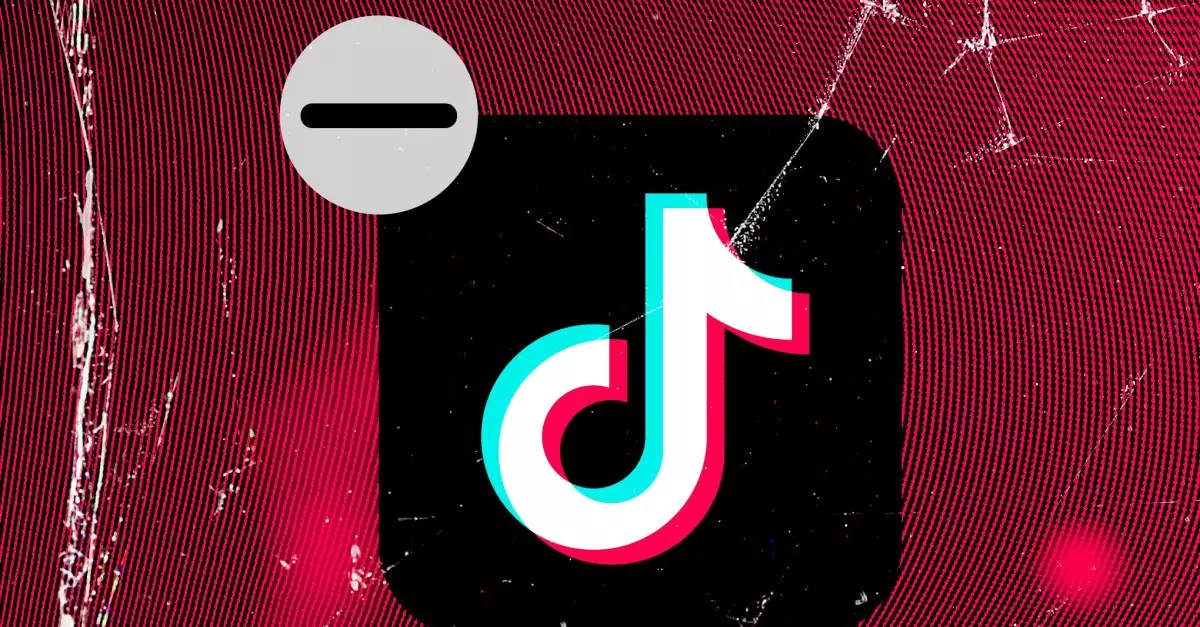The absence of TikTok on both Google Play and the Apple App Store in the United States has raised eyebrows and sparked discussions around app availability and regulatory compliance. As of now, users looking to engage with the popular social media platform must tread carefully, as official avenues for downloading or updating the app are limited. This uniqueness of the situation stems from security concerns surrounding data privacy and government regulations that have led major platforms to withdraw TikTok.
Wes Davis, a knowledgeable weekend editor specializing in technology and entertainment, encapsulates the gravity of this situation. Since entering the tech journalism realm in 2020, he has broadened understanding about not just the app itself but the larger implications of its contentious status in U.S. digital society.
Alternative Download Methods
In response to the withdrawal of TikTok from the mainstream app stores, the company has launched a download option directly from its website for Android users in the U.S. This alternative route provides a crucial lifeline for users eager to access TikTok, especially since it was recently removed from Google Play due to governmental pressures. Interestingly, users can also choose TikTok Lite, which is tailored for those with slower internet connections, expanding usability among diverse audience segments.
Once downloaded, the installation process appears efficient—allowing users to update their applications with just a few clicks. This form of flexibility in app distribution bypasses the stringent regulations imposed by both Apple and Google, although it raises questions about security and oversight. According to TikTok’s help section, a claim is made regarding the robustness of safety and security measures, which includes examination of its source code by a third-party entity, Oracle, alongside independent security inspectors.
Apple and Google’s Stance
Despite TikTok’s efforts to provide more accessible solutions, the situation complicates further for iPhone users. Apple’s strict adherence to its own protocols prevents any form of sideloading—forcing iOS users to rely on Web access in the interim. This limitation not only stifles user experience but may also push potential new users away. The forecast for reinstatement on Apple’s App Store looks bleak, as both tech giants seem hesitant to challenge the existing ban; the risk of hefty fines looms over any potential defiance.
Adding another layer of complexity to the narrative, a recent executive order by President Trump has led to a suspension of enforcement of the ban, but it remains uncertain if this will lead to any significant adjustments in app accessibility anytime soon. The ongoing saga around the app provides insights into the intersection of regulatory frameworks, public sentiment, and corporate responsibility, ensuring that the dialogue surrounding TikTok’s availability will remain a pertinent topic for the foreseeable future.
TikTok’s current situation serves as a poignant reminder of the broader conversations about digital access, privacy, and the evolving landscape of mobile applications in an increasingly regulated world. As users navigate these tumultuous waters, the app’s journey foregrounds the urgent need for coherent policies that consider both security and user accessibility moving forward.

